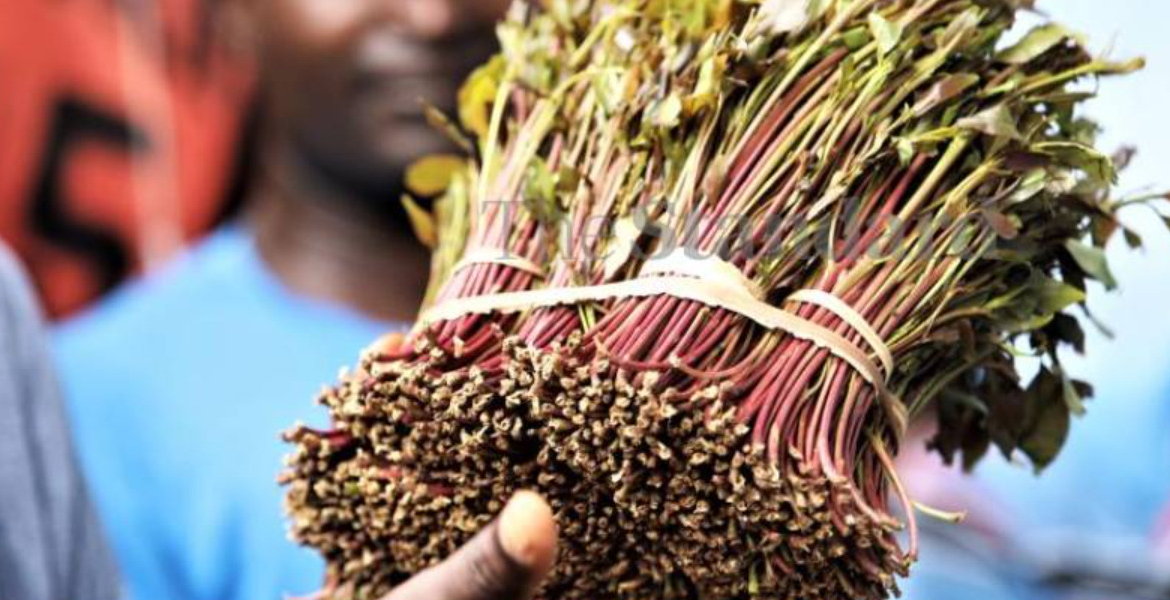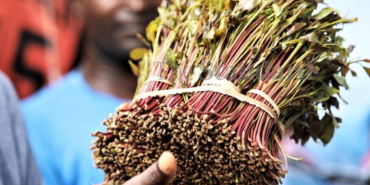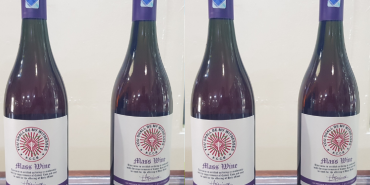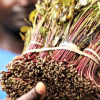Meru University in New Bid to Turn Miraa into Drinkable Sachets

Meru University of Science and Technology has filed a patent for a khat infusion sachet designed to offer an alternative to chewing miraa by allowing it to be consumed as a drink.
The sachet, detailed in the university’s application to the Kenya Industrial Property Institute (KIPI), is intended to deliver the stimulant effects of khat through a water-soluble infusion, similar to tea. The product can be added to beverages, food items, or medicinal formulations, and is promoted as a more convenient and potentially safer method of consumption.
The innovation was led by Professor Joshua Mbaabu Arimi, a food scientist with academic training from Katholieke University Leuven in Belgium and University College Dublin in Ireland. His expertise in post-harvest and food preservation engineering contributed to the development of the sachet, which contains sweeteners, flavour enhancers, and stabilising agents to improve taste and shelf life.
The packaging features sterile containment and a cotton thread extension to enhance hygiene and ease of use. The university has indicated the use of a proprietary drying technique to prepare the khat, although specific details have not been disclosed. This method is believed to help preserve the active compounds during processing.
This development aligns with ongoing efforts to diversify the miraa industry, where other innovations have included miraa-based juices, wines, and teas. Commercial interest in such products is growing, with companies like Marqan Herbal and Handasjuice.com already selling khat sachets at prices ranging from Sh377 to Sh500 per unit.
Miraa remains a major agricultural product in Kenya, contributing approximately Sh13 billion annually, according to the Agriculture and Food Authority (AFA). Around 80 percent is consumed locally, while the rest is exported to countries such as Somalia, Israel, and the Democratic Republic of Congo.
Recent sector reforms have reportedly improved earnings along the supply chain, although miraa’s stimulant nature continues to raise regulatory and social concerns.
Since being classified as a scheduled crop in 2016, miraa has received increased government support and oversight.
The crop is graded differently depending on the region, with Meru producing varieties such as Kangeta, Kisa Grade 1, Kisa Grade 2 (Nyeusi), Kata, and Alele. In contrast, Embu’s muguka is sold in grades including mchele, medium, digital, and CR.








Add new comment